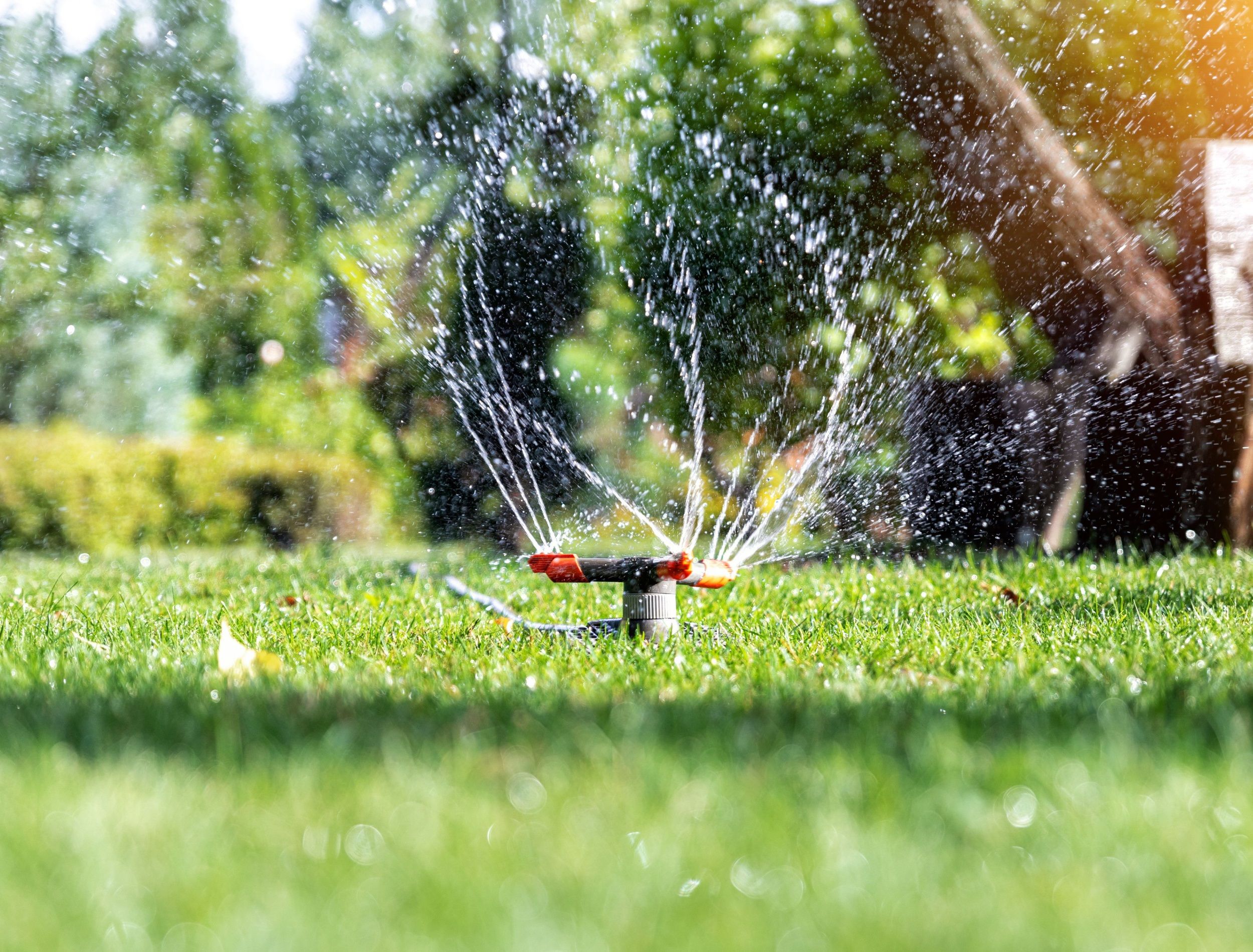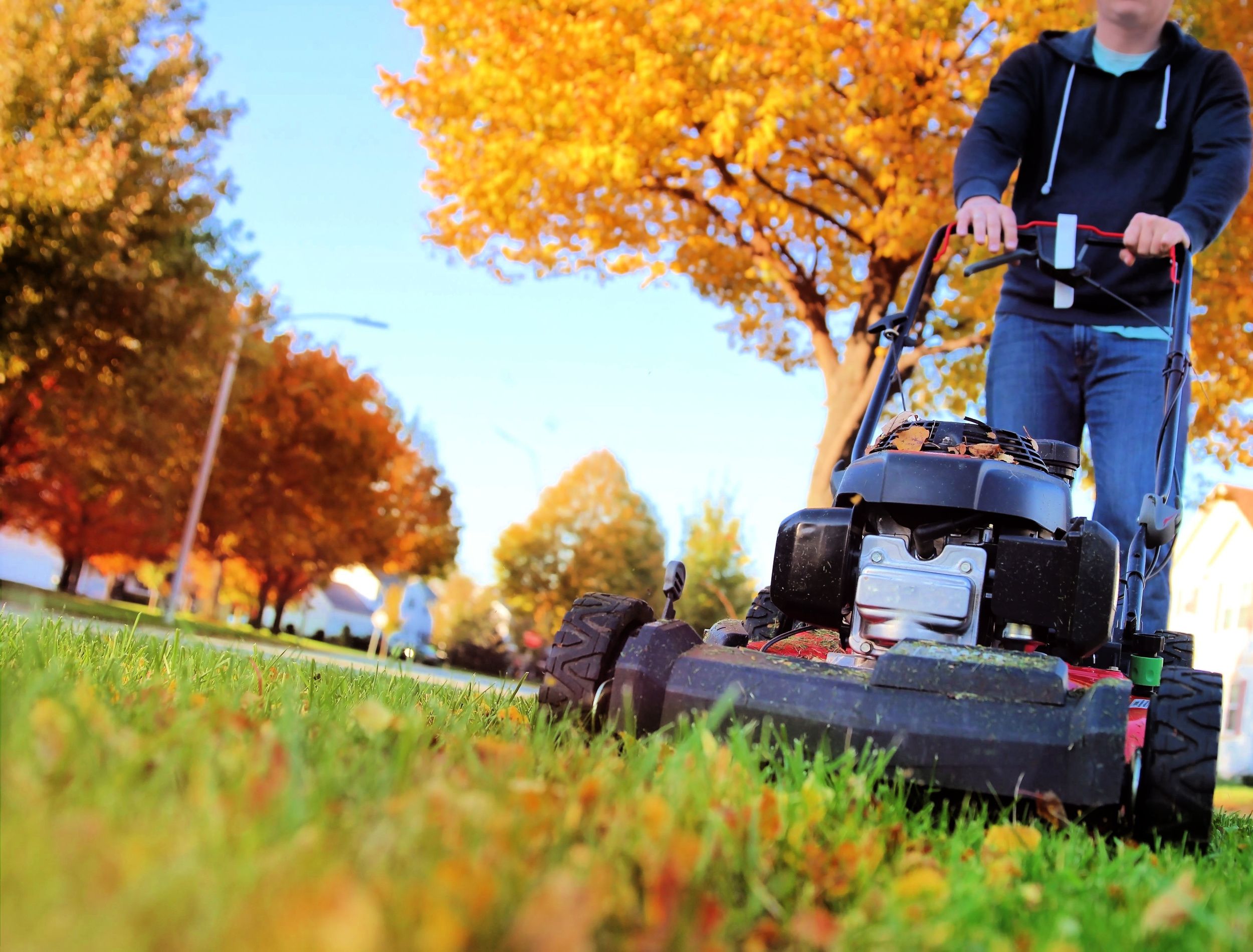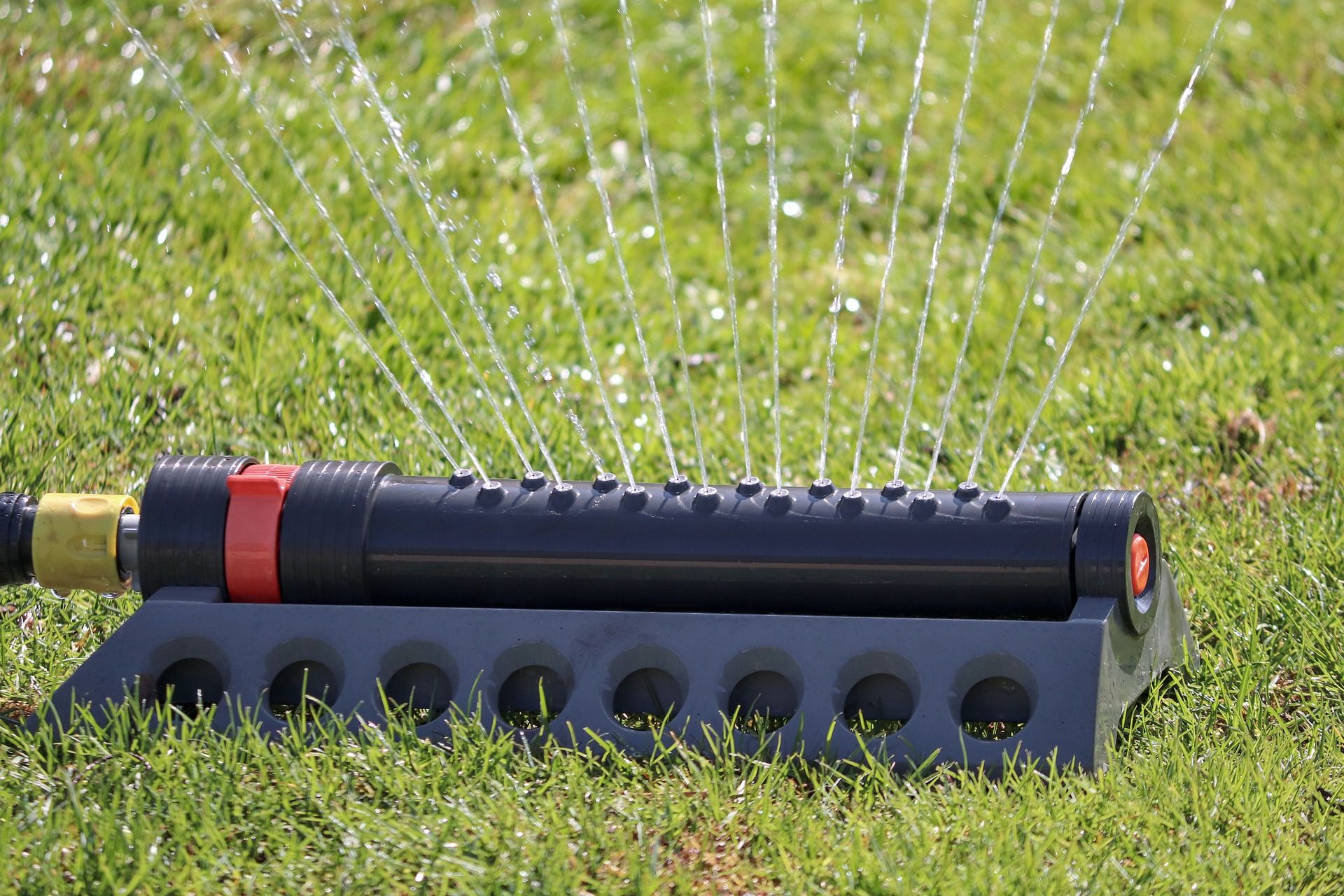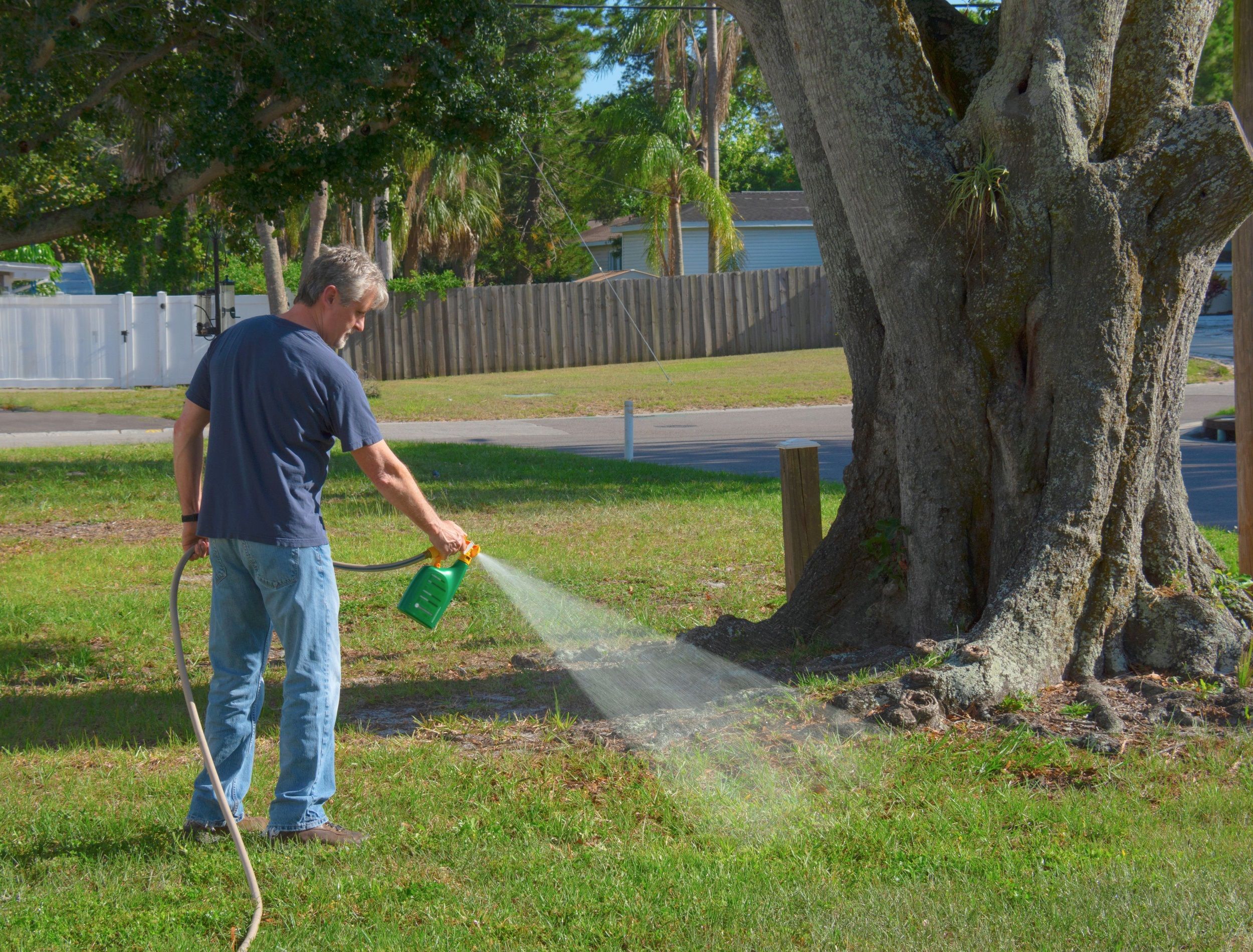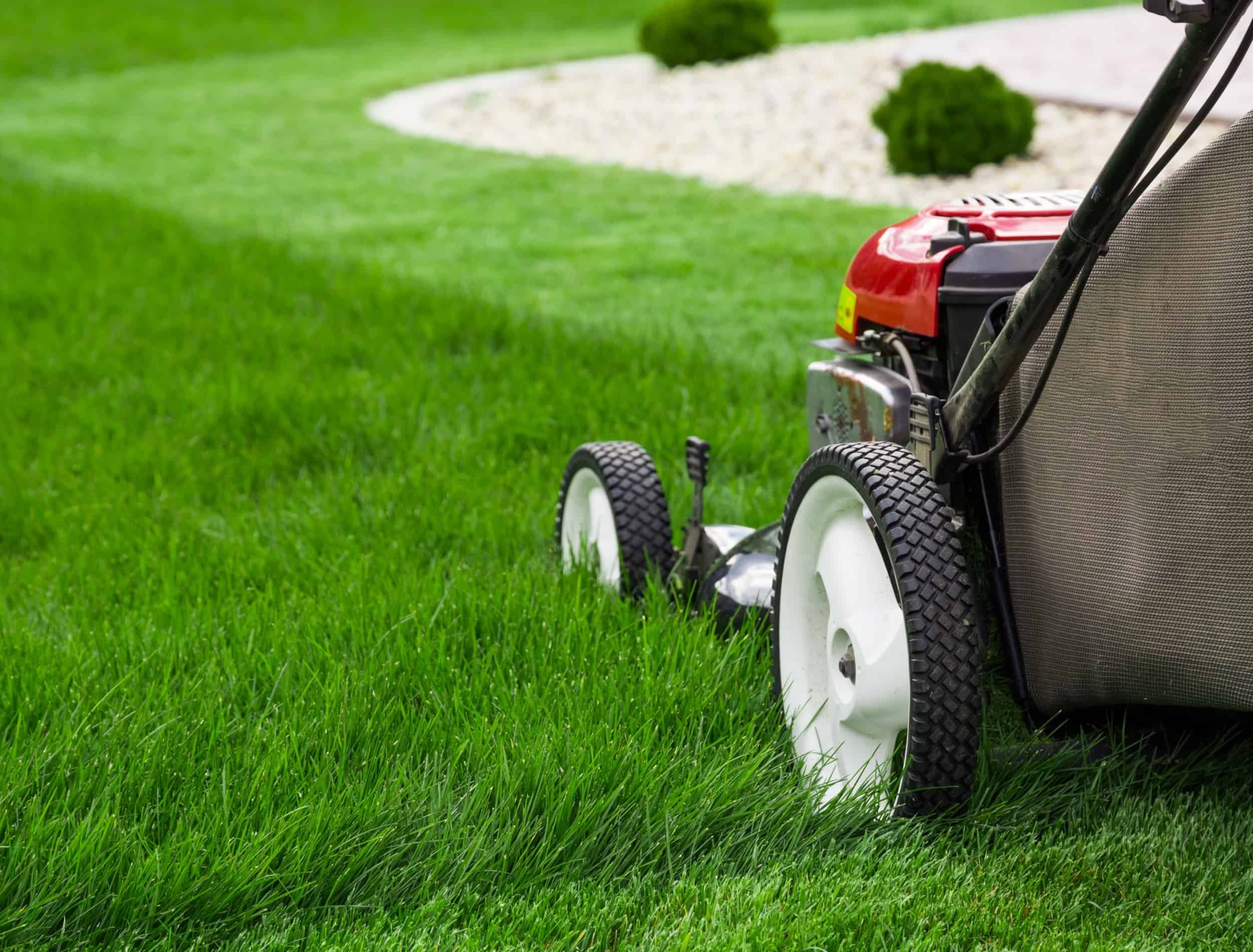Fall is the perfect time to lay new sod, especially if you're installing cool-season turf grasses. Laying sod in autumn ensures the grass has ample time to grow and develop new roots, and extreme cool or warm temperatures won't damage it. With that said, it's crucial to properly care for your new turf so you can see a luscious green lawn by next spring.
While lawn care is straightforward, fresh turf requires more time and attention. Below, you'll discover all the best tips and tricks for turning new sod into an established lawn.
Tools You'll Need
Image credits: Saklakova via Shutterstock
To properly care for your fresh turf, you'll need a few tools. Find the essentials listed below.
- Watering hose or sprinkler
- Lawn fertilizer
- Lawnmower
- Gardening gloves
- Pitchfork or aerator
- Dethatcher or power rake
Watering
Image credits: manfredrichter via Pixabay
Watering fresh sod should be a top priority on your fall garden to-do list. While it's important to water soil before you apply the turf, it's also crucial to continue to water the fresh turf. Continuously check the grass to ensure it hasn't dried out and water it if it has. Generally, you should water new sod twice daily, five to 10 minutes each time, for the first week.
Do not water during the hottest time of day or when the sun is most intense, as this can result in overheating. Instead, water early in the morning to limit evaporation and ensure the water absorbs into the soil. This will also assure the lawn is firm enough when it's time to mow.
After around two to three weeks, the grass should develop a root system. You can check for roots by gently lifting a corner of the sod – if it doesn't lift, it's beginning to root. Then, you can start watering every other day, though this will depend on how hot it is where you live. After around four weeks, you can limit watering to once or twice weekly.
New sod is prone to dehydration, but overwatering can also be an issue. Signs of overwatering include soggy grass, failure to knit, and yellow patches. Consider installing a sprinkler system to ensure proper coverage and avoid under-watering or overwatering.
You can also aerate the lawn using a pitchfork or aerator to improve drainage. Also, dethatch your lawn regularly to remove thatch buildup, which is dead leaves, stems, and roots.
Fertilizing
Image credits: Michael O'Keene via Shutterstock
Fertilizing fresh sod is a crucial part of root growth. It will also affect the color of your grass and help it recover from stress. Plus, fertilizing is known to prevent weeds, such as crabgrass, and disease, like brown patch disease, because the grass is stronger and more resilient to them.
Fertilize approximately 30 to 60 days after installing the grass, using a fertilizer specifically made for sod. If you fertilize the turf too early, the roots will not have been established yet, and the nitrogen can leach into the soil, resulting in unsightly yellow patches.
Once the turf is established, apply the fertilizer according to the label, ensuring the sod is dry. After you apply the fertilizer, water the lawn.
Mowing
Image credits: topseller via Shutterstock
You should avoid walking on and mowing the grass for at least three to four weeks after transplanting. Sod is vulnerable until the roots are firmly entrenched. Mowing or walking on it too early can displace the roots and result in a failure to knit.
Do not mow your lawn until it is as tall as you would generally allow grass to grow – around 3½ to 4 inches. Also, do not cut off more than a third off of the grass. Mowing the new sod will encourage thicker, fuller growth, but you should avoid mowing during hot weather.
Grass that is too long is susceptible to pests and diseases, though grass that is too short will struggle to recover from heat and drought. As a general rule, mow your new sod about once a week during the growing season. Keeping the mower blades clean and sharp will also prevent the spread of diseases.
Keep Off the Grass!
Caring for fresh sod can seem tricky at first, but the process is actually quite simple. Ensure you give it plenty of water (without overwatering) until roots are established, and cut back on watering based on the age of the turf and the weather. Fertilize and mow once roots have been established to encourage a vibrant, lush, and healthy lawn. Afterward, care for your lawn as you normally would!
Do you have any tips for caring for fresh sod? Share in the comments below!

